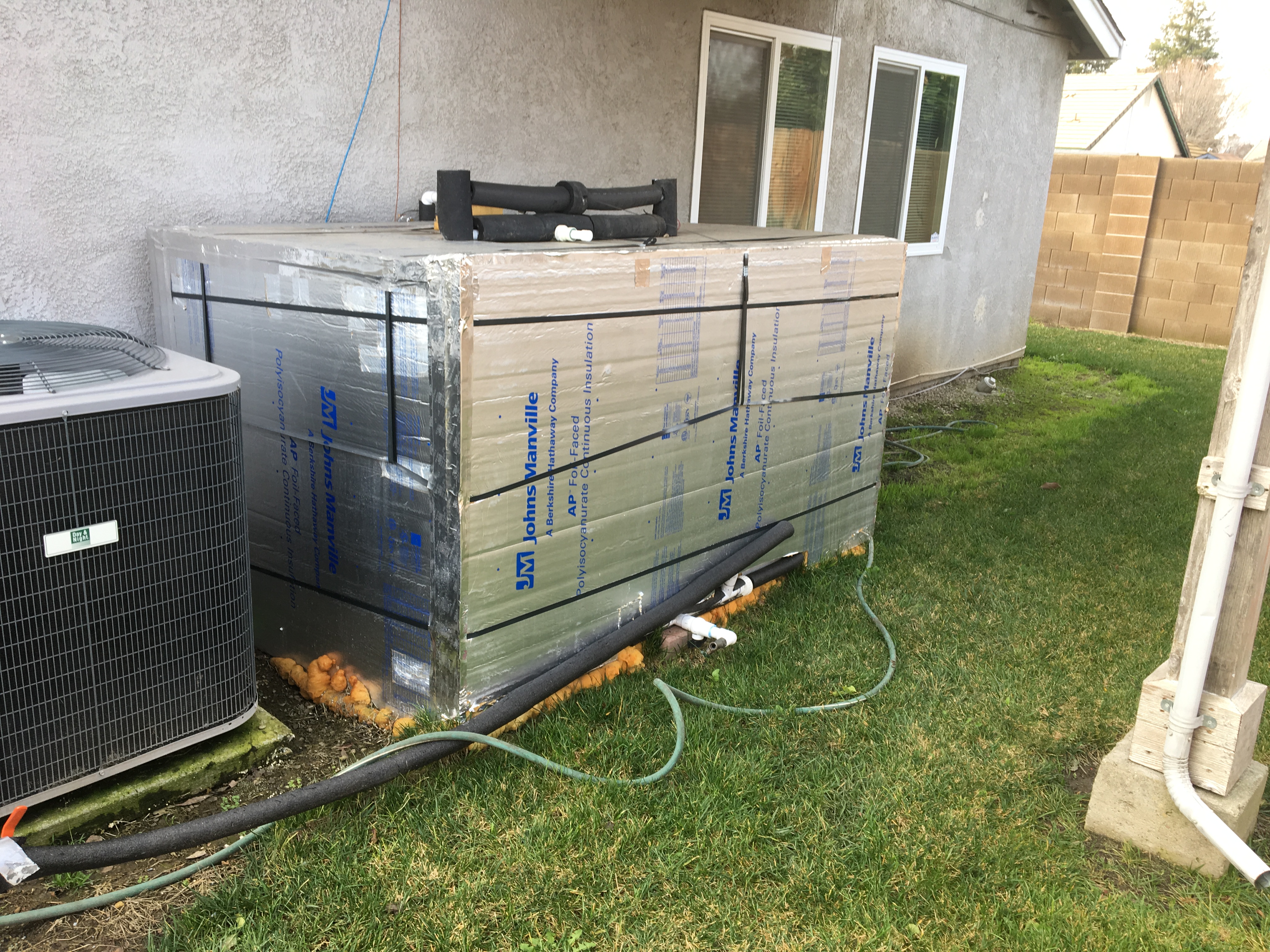Project Info
ACTIVE
 Project Title
Project Title
 Project Title
Project Title
Assessment of Residential Air-to-Water Heat Pumps Coupled with Thermal Energy Storage
Project Number ET13PGE1069 Organization PG&E End-use HVAC Sector Residential Project Year(s) 2018 - 2019Project Results
This initial test focused on the successful demonstration of the load shifting potential of an AWHP coupled with TES and using radiant ceiling panels for delivery. With electrification efforts proceeding in California, it is important to expand the research towards more mainstream fan coil delivery options, as well as evaluate the performance and cost effectiveness of AWHP systems which can also provide domestic hot water. Additional research should also be conducted to evaluate different tank sizes, types, and installation methods, including industry outreach, to reduce market barriers for residential thermal energy storage systems. Research could also explore optimizing the compressor runtime during hours of peak PV input to the grid.
Project Report Document
Loading PDF Preview...
